My thesis topic for my Bachelors's in Architecture was designing an Eco-resort on which I worked for 5 months and today I am going to share with you a small part of the preliminary stages of my research project. I site I chose to work on is my Grandma's 250-acre estate in Koppa, Chikkamagalur dist, Karnataka, India. To begin with, my idea of an eco-resort consisted of sustainable materials and aesthetic appeal which was very naive of me.
As I presented my site to the mentors they questioned whether I was going to cut down trees. Whether I was disturbing the ecosystem there? This made me realise that I had been so ignorant about nature and hence decided to study the site-flora-fauna and the relationship between them and how to not disturb the existing dynamics between them. Given below are things I have noticed and things I have picked up from talking to the locals. These are things that aren't written in textbooks and I had to deduce and think before choosing appropriate sites to build my cottages.
The Dam-Animals/Flora/people: The dam is a major source of irrigation for the whole estate and also for the animals. Animals are seen in one part of the dam where the level of water is low. Here they are seen drinking water and bathing. Birds also use it as a bird bath to cool down during peak summers. The dam is home to turtles, ducks, fishes, crabs and also a place for migrating birds to rest.
The Dam-Fishes: Just before the onset of the monsoon season, a small pond is dug up on the opposite end of the dam duct where the fish is cultured. The duct is left open during the monsoon. As the monsoon ends the duct is closed thereby increasing the water level gradually which comes in the form of spring. As the water level rises it connects with the fishes at the small pond. Thus spreading these fishes to the whole dam.
Dogs-People-Wildboar: Wild boars which are found in abundance in this area scavenge for roots and earthworms at night. Dogs having keen hearing abilities and smell bark continuously and alarm the people living nearby. Plantation owners, as well as farmers, are known to use firecrackers to drive away wild boars as well as monkeys.
Tiger/Leopard–Sambar-Monkey-Peacocks: When there is a tiger or leopard nearby, the monkeys and sambar alarm the other animals in the vicinity of their presence. This sets off a chain reaction and a defence mechanism among all the other animals. These predators are normally in search of cows, dogs, sambar, rabbits and other small creatures as their prey.
Indian Sambar- Trees: The Indian Sambar has a natural instinct of rubbing their backs on trees resulting in the barks of the trees falling off. This is a normal signal to the predators that there is a Sambar close by.
Bison (Gaur) : Also has the habit of destroying vegetation nearby. This too helps tigers track down their prey.
Flowering plants-Bees-Birds: Flowering plants are grown near the dam which results in a lot of bees arriving in search of pollen. The increase in bees results in the increase of birds that prey on these bees
Peacocks: There is a high number of peacocks which prey on snakes, leeches and worms.
Arecanut/coffee-Monkeys: Monkeys are known to feast on areca nuts, bananas and coffee and other seasonal fruits.
Birds-Built structures-Snakes: Two varieties of birds (swift and weaving birds) are known to build their nests on the walls of houses where people reside as a safety measure against snakes and sometimes birds of prey.
Porcupine-Coconut tree: Porcupines feast on coconut trees the most eating their roots as well as their bark.
This initial research made me realise about how important it is to not destroy the existing ecosystem and how it has affected the way that I am going to design in the future as an architect. I think this is in fact how all architects in the world should design because we as architects have so much power in our hands to be able to preserve the ecosystem.
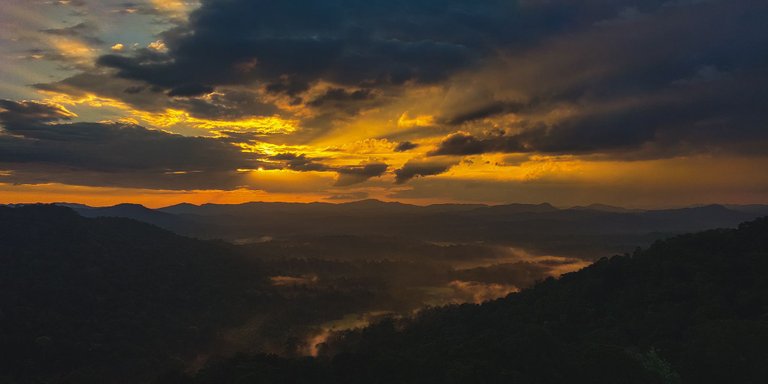
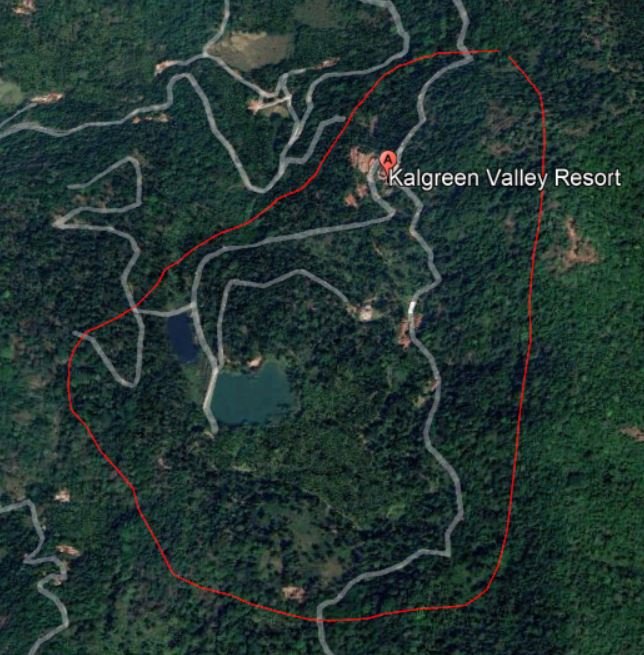
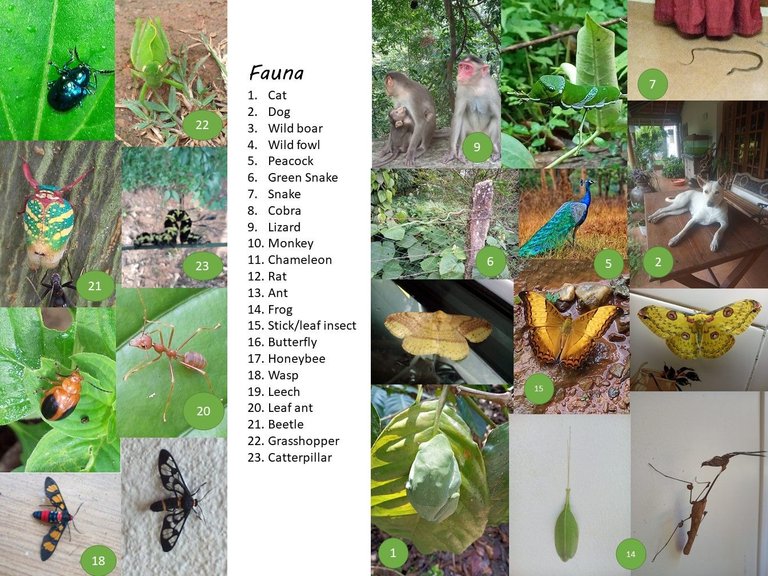
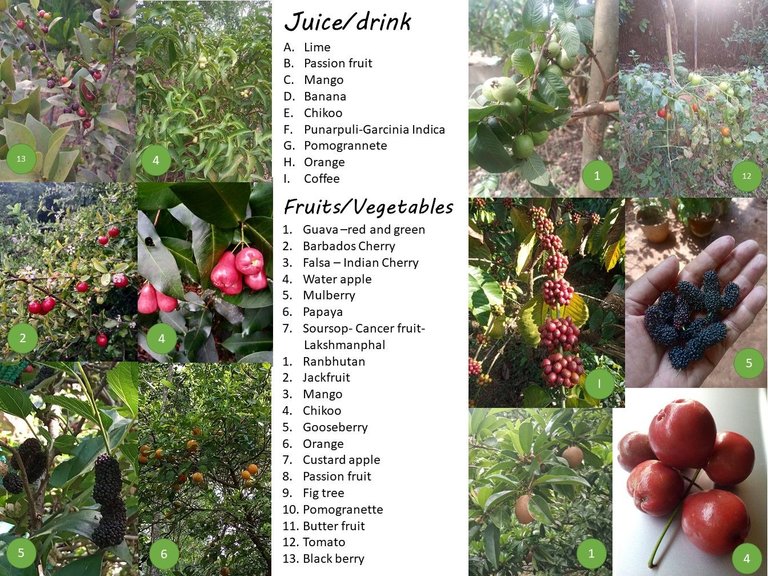
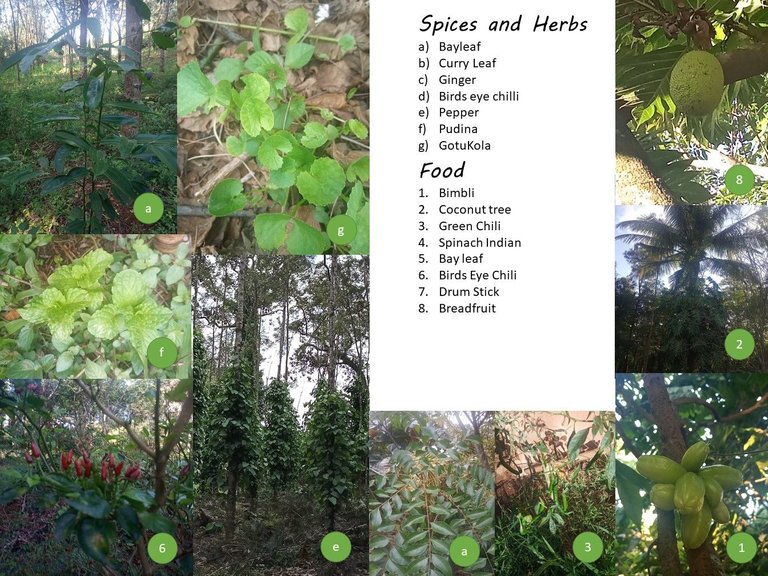
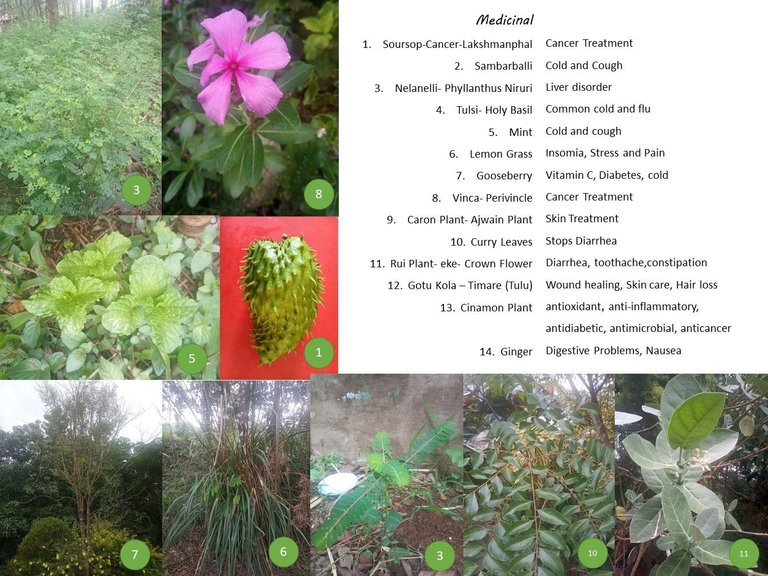
It definitely opened my eyes. I think it's important for architects to be so thoughtful not just about how they design or with what they design but also how to not interrupt the ecosystem that exists there. Sort of try and build structures that blend in with the surrounding. Love this research work you have done. Looking forward to the process of this wonderful thesis you have worked on. All the best!